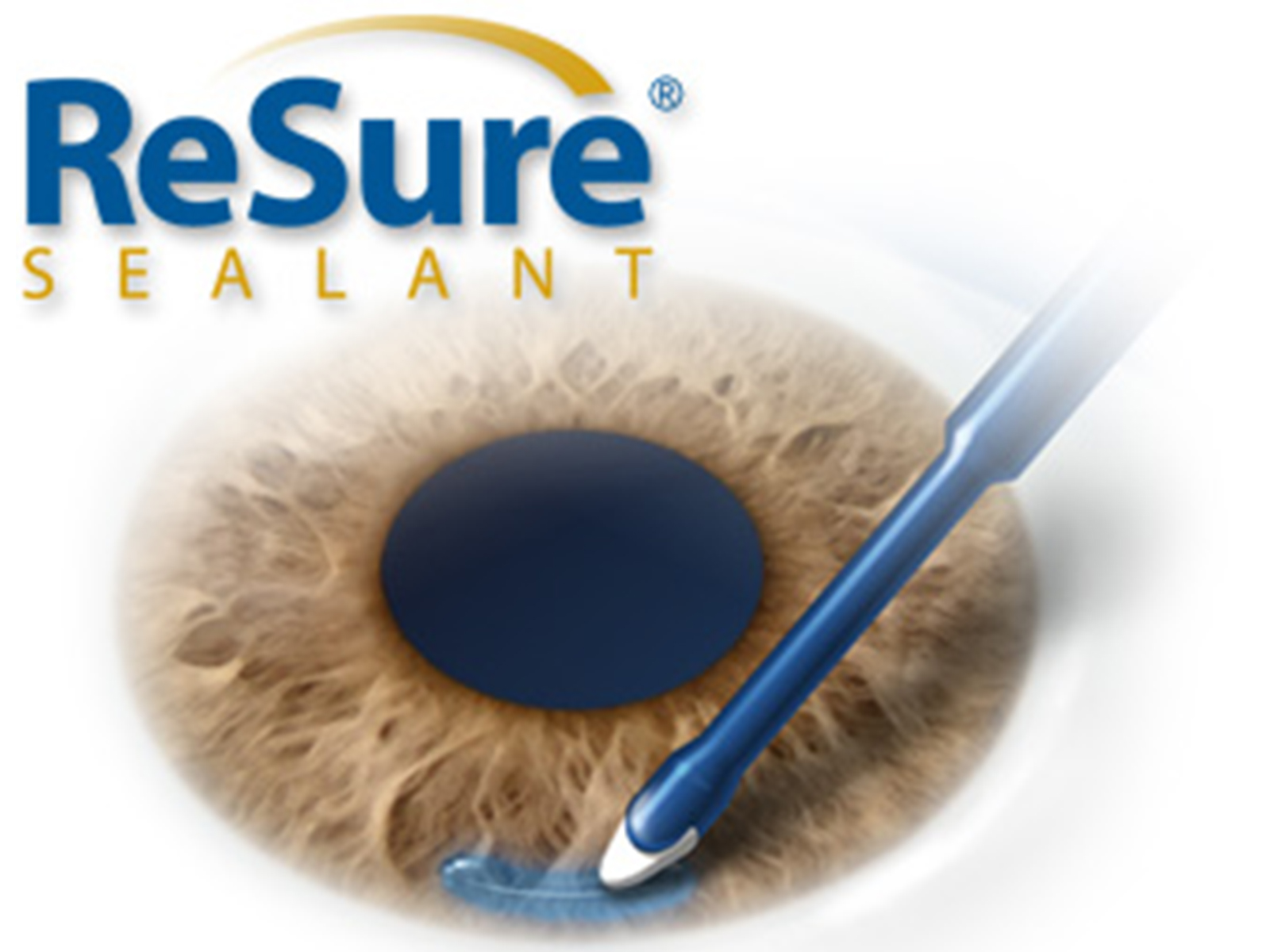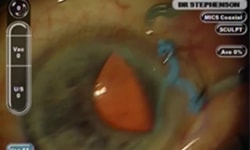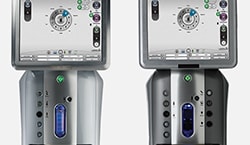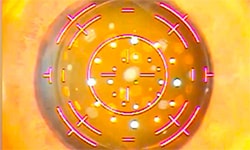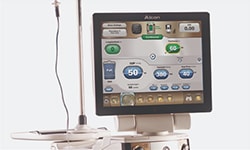Editorially Independent Content
The ReSure Sealant (Ocular Therapeutix, Inc.) was the first FDA approved product specifically for sealing clear corneal incisions that are leaking. The sealant affords us the luxury of not having to use a suture, which requires opening the package, passing the suture through the wound, tying it, burying it and of course removing the suture. It provides extra security for wounds that may not be sealed with just stromal hydration.
We’ve been using the ReSure Sealant at our practice, at Duke University Eye Center, since it was FDA approved in January of 2014. Prior to that, we used sutures to close leaking clear corneal incisions. We began using it after we investigated its potential for sealing these incisions in this scenario compared to using a suture or stromal hydrating incision.
IDEAL APPLICATIONS
In my practice, we are using ReSure Sealant for on label sealing of clear corneal incisions that are leaking. We’ve typically been using it in patients who have had a premium lens, whether it’s a multifocal, accommodating, or even a toric lens. It’s especially applicable for the accommodating lens because in that scenario you don’t want any leakage that may change the effective lens positioning, which can lead to what’s called a Z Syndrome. So it’s been very effective in that arena.
The ReSure Sealant is a very straightforward product. What you do is take the diluent dropper and you put it on the blue disk that is available on the tray. There are two wells on the tray, and you take the applicator and mix the two components together for about five seconds. I recommend using the applicator sponge that comes with it rather than the Weck-Cel sponge. You may be tempted to use a Weck-Cel but it’s not effective in that scenario.
You then scoop some of the mixture up with the sponge portion of the applicator and apply it onto the ocular surface. Within 7 seconds, I’m dabbing it onto the surface and then by 11 seconds I’m off the eye. I wait about 15 to 20 seconds for it to fully polymerize.
PROMOTES HEALING
This product enables us to provide greater security to the wound and to our patients in general. With today’s refractive cataract procedures, patient expectations are higher, so it’s nice to have some extra security that these wounds are not going to leak and the lens is going to stay exactly where you intend it to stay. We put a lot of emphasis in ORA and other devices to make sure that we have the lens where we want it to be for a good refractive outcome, and the ReSure Sealant also helps us meet this goal.
In specific scenarios where patients may be more exposed to the risk of infection (i.e., monocular patient, patient colonized with MSRA) or where the wounds may be more difficult to close with stromal hydration alone (i.e., post RK surgery, post trabeculectomy or post pars plans vitrectomy), you may want to apply more security to that wound.
MEETING CHALLENGES
One of the key challenges practices may have with the ReSure Sealant is its cost. There is a cost associated with it and if I could change that, it would be great.
Otherwise, it’s much quicker than suturing and again, in those cases where you’re stromal hydrating the wound—which is a fairly transient procedure—this is going to stay on the eye providing further wound security.
I’ve been surprised by how quick and easy this is to use. When surgeons first use it, they’re impressed with how it performs. We’ve all hit wounds that are going to leak at one point or another, so I encourage every surgeon to at least try it. I think you’ll find for yourself where you’re going to use it and where it fits best in your practice.
PROS: Quick and easy to mix and use; especially helpful on wounds that are hard to close.
CONS: Cost.
BOTTOM LINE: Compared to suturing, the ReSure Sealant provides extra security that wounds are not going to leak and the lens is going to stay in place for better refractive surgical outcomes.
